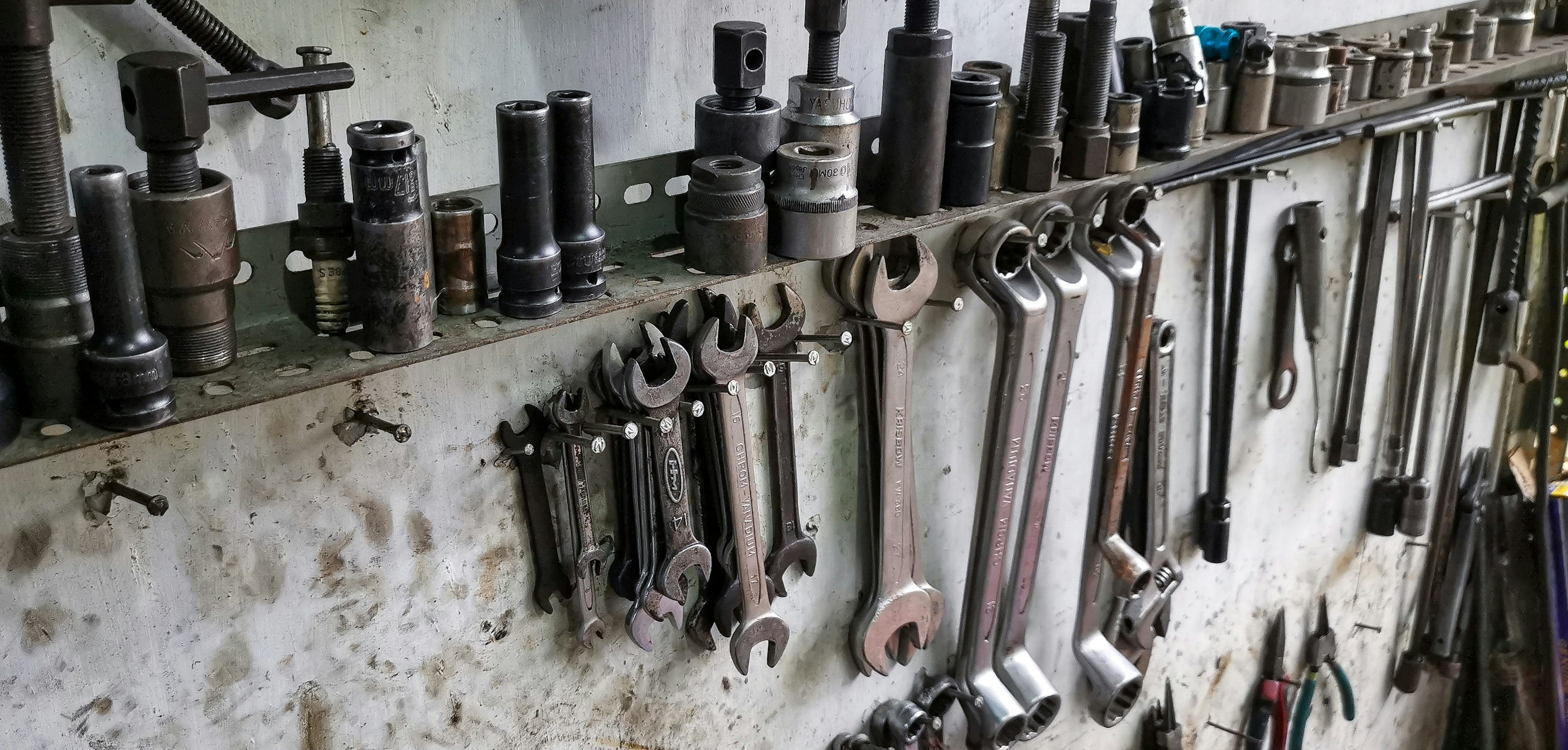If you're looking to enhance your customer service operations and ensure consistent, high-quality support experiences, you've come to the right place. In today's competitive market, implementing effective Quality Assurance (QA) processes is essential for any customer-centric business. One of the tools that can help you achieve this is Help Scout, a versatile customer service platform designed for team collaboration and excellent customer communication.
In this comprehensive guide, we'll walk you through how to implement customer service quality assurance within Help Scout. We'll cover everything from setting up your Help Scout account to leveraging its features for QA, along with best practices to elevate your customer support to the next level. So grab a cup of coffee, and let's dive in!
Why Quality Assurance Matters in Customer Service
Before we delve into the specifics of Help Scout, it's crucial to understand why QA is vital in customer service.
- Consistency: QA ensures that every customer interaction aligns with your company's standards, providing a uniform experience across all touchpoints.
- Customer Satisfaction: High-quality service leads to happier customers, fostering loyalty and positive word-of-mouth.
- Employee Development: QA processes help identify training needs, enabling your team to improve continuously.
- Performance Metrics: Effective QA provides valuable data to measure and enhance your support team's performance.
For a deeper understanding of why customer service quality management is important, check out our article on Why Customer Service Quality Management is Important and How to Implement It.
Getting Started with Help Scout
Help Scout is a customer service platform that offers a shared inbox, knowledge base, and live chat features, making it easier for teams to manage customer inquiries efficiently. Here's how to get started:
Create Your Help Scout Account
If you haven't already, sign up for a Help Scout account on their website. Choose a plan that fits your team's needs.
Set Up Mailboxes
Help Scout uses mailboxes to organize customer conversations. Set up mailboxes for different departments or teams, such as support, sales, or billing.
Invite Team Members
Add your customer service agents to your Help Scout account, assigning them appropriate roles and permissions.
Implementing Quality Assurance Processes in Help Scout
Now that your Help Scout account is set up, let's explore how to implement QA processes effectively.
1. Define Your Quality Standards
Start by establishing what "quality" means for your customer service. Develop a set of standards that align with your company values and customer expectations. Consider factors like response time, tone of voice, problem resolution, and empathy.
For guidance on creating QA guidelines, read our article on Implementing Effective Quality Assurance Guidelines in Customer Service.
2. Create a QA Checklist or Scorecard
A QA checklist or scorecard helps ensure consistent evaluations of customer interactions. Include criteria such as:
- Timeliness of response
- Accuracy of information provided
- Professionalism and tone
- Problem-solving effectiveness
- Adherence to company policies
To get started quickly, check out our article on How to Generate an Effective Customer Service Quality Assurance Checklist: Free Templates and Examples.
3. Use Tags for Categorization
Help Scout allows you to use tags to categorize conversations. Implement tags to mark tickets that need QA review, or to categorize common issues. For example:
#QA-review– Tickets to be reviewed for quality assurance#training-opportunity– Tickets that highlight areas for agent improvement#positive-feedback– Tickets where agents excelled
4. Utilize Saved Replies for Consistency
Create saved replies for common inquiries to ensure consistent responses across your team. Make sure these templates adhere to your quality standards and encourage agents to personalize them as needed.
5. Monitor and Review Conversations
Regularly review customer conversations for adherence to your QA standards. Use the search and filter functions in Help Scout to find specific types of tickets, such as those tagged for QA review.
6. Provide Constructive Feedback
After reviewing, provide agents with constructive feedback. Highlight both strengths and areas for improvement. Consider holding regular one-on-one meetings to discuss performance.
7. Leverage Reports and Metrics
Help Scout offers reporting features that provide insights into your team's performance. Key metrics include:
- Happiness Score: Based on customer satisfaction ratings.
- Conversation Trends: Volume and types of inquiries over time.
- Team Performance: Metrics on response times and resolution rates.
Use these metrics to identify trends, set goals, and measure the effectiveness of your QA processes. For more on key metrics, read our article on Measuring Customer Service Quality Assurance: Key Metrics and KPIs for Success.
Best Practices for QA in Help Scout
Encourage Team Collaboration
Help Scout's collaboration features, like private notes and @mentions, allow team members to work together on customer inquiries. Encourage agents to collaborate, promoting knowledge sharing and consistent service.
Integrate with Other Tools
Help Scout integrates with various tools like Slack, CRM systems, and project management apps. Integrating these can streamline workflows and enhance your QA processes.
Regular Training and Development
Make QA a continuous process by providing regular training based on QA findings. This keeps your team updated on best practices and areas needing improvement.
Gather Customer Feedback
Use Help Scout's customer satisfaction ratings or integrate with tools like Nicereply or Delighted to gather customer feedback directly. This provides an external perspective on your service quality.
Overcoming Common Challenges
Implementing QA processes can come with challenges. Here are some common issues and how to address them:
Agent Resistance
Some agents may feel micromanaged or scrutinized. Address this by fostering a culture of continuous improvement and emphasizing that QA is about supporting them, not policing them.
Inconsistent Evaluations
Ensure that those conducting QA evaluations are calibrated and trained to assess interactions consistently. Utilize your QA checklist to standardize evaluations.
For more on avoiding common pitfalls, see our article on Top 10 Mistakes to Avoid in Customer Service Quality Assurance—and How to Fix Them.
Case Study: Successful QA Implementation with Help Scout
Let's look at a real-world example of a company that successfully implemented QA processes within Help Scout.
XYZ Tech Solutions
XYZ Tech Solutions, a growing SaaS company, faced challenges with inconsistent customer service quality. By implementing QA processes in Help Scout, they achieved:
- A 20% increase in customer satisfaction scores
- Reduced average response times by 30%
- Improved agent morale through regular feedback and recognition
They utilized Help Scout's tagging system, reports, and integrated training sessions based on QA findings.
Conclusion
Implementing customer service quality assurance within Help Scout can significantly enhance your support operations. By leveraging Help Scout's features and following best practices, you can ensure consistent, high-quality customer interactions that drive satisfaction and loyalty.
Remember, QA is not a one-time setup but an ongoing process of monitoring, feedback, and improvement. Start by defining your quality standards, create a QA checklist, and make the most of Help Scout's tools to monitor and enhance your team's performance.
For additional resources on customer service QA, explore our other articles:
- Customer Service Quality Assurance Training: Elevate Your Team's Performance
- Designing Effective Quality Assurance Forms for Customer Service Teams: A Comprehensive Guide
Ready to take your customer service QA to the next level?


